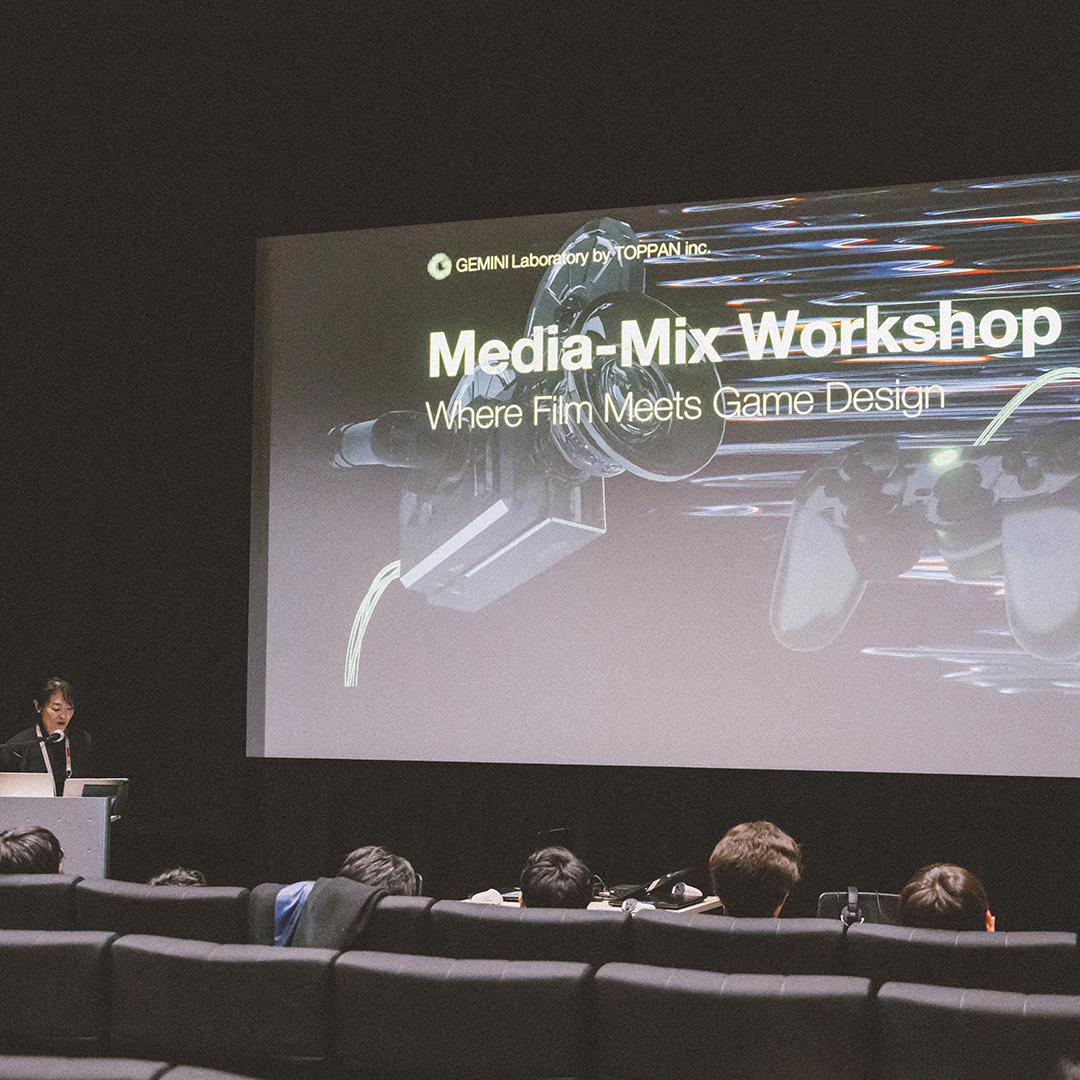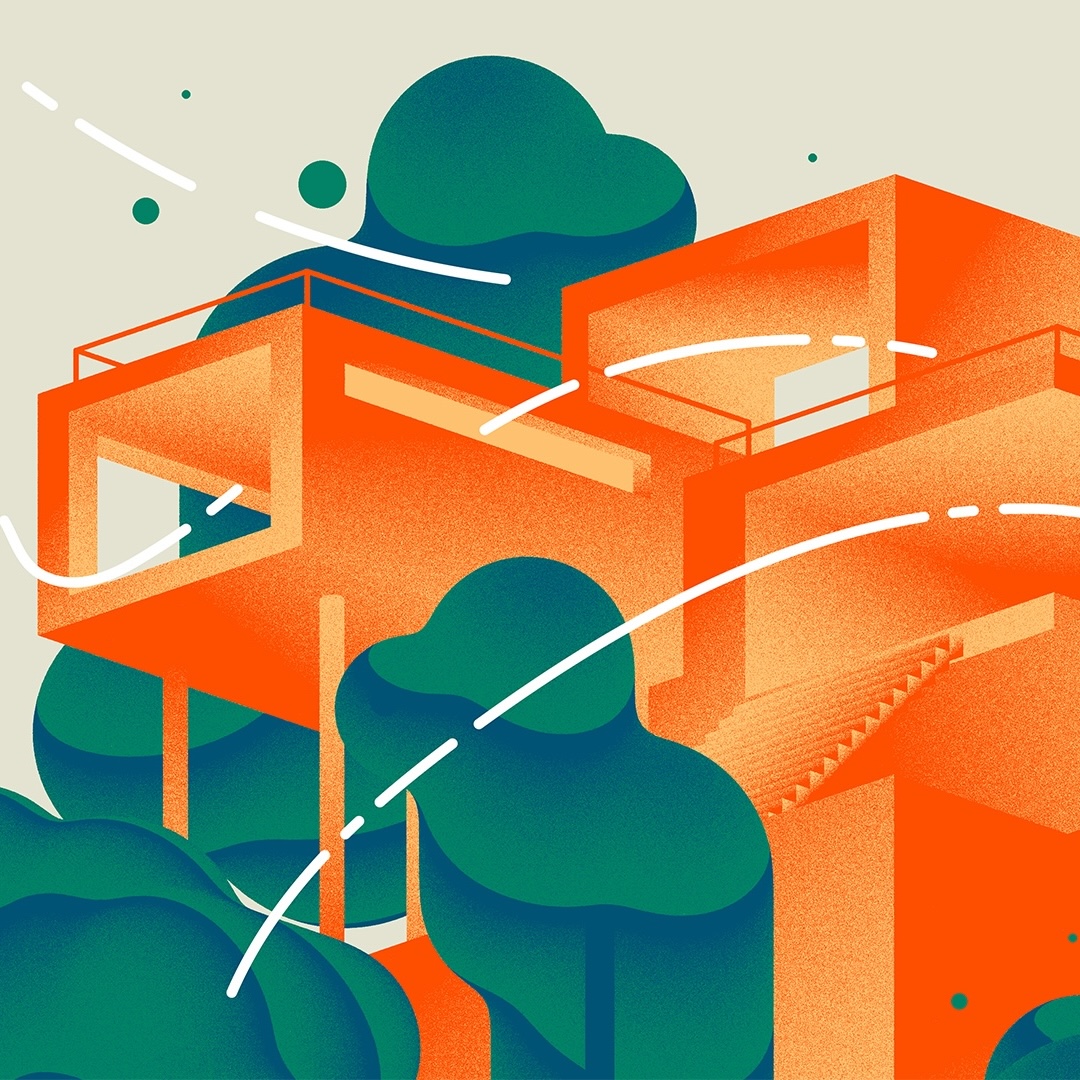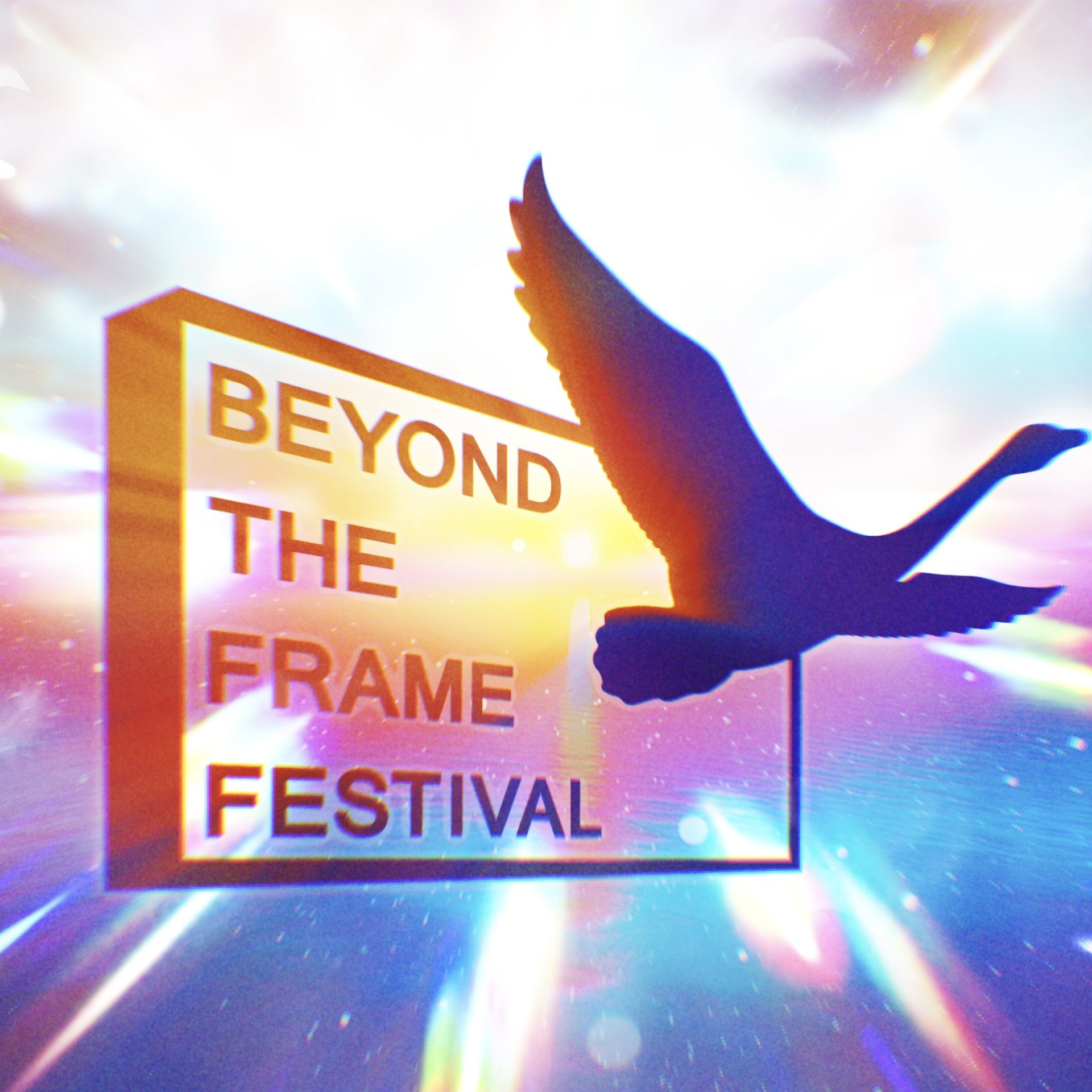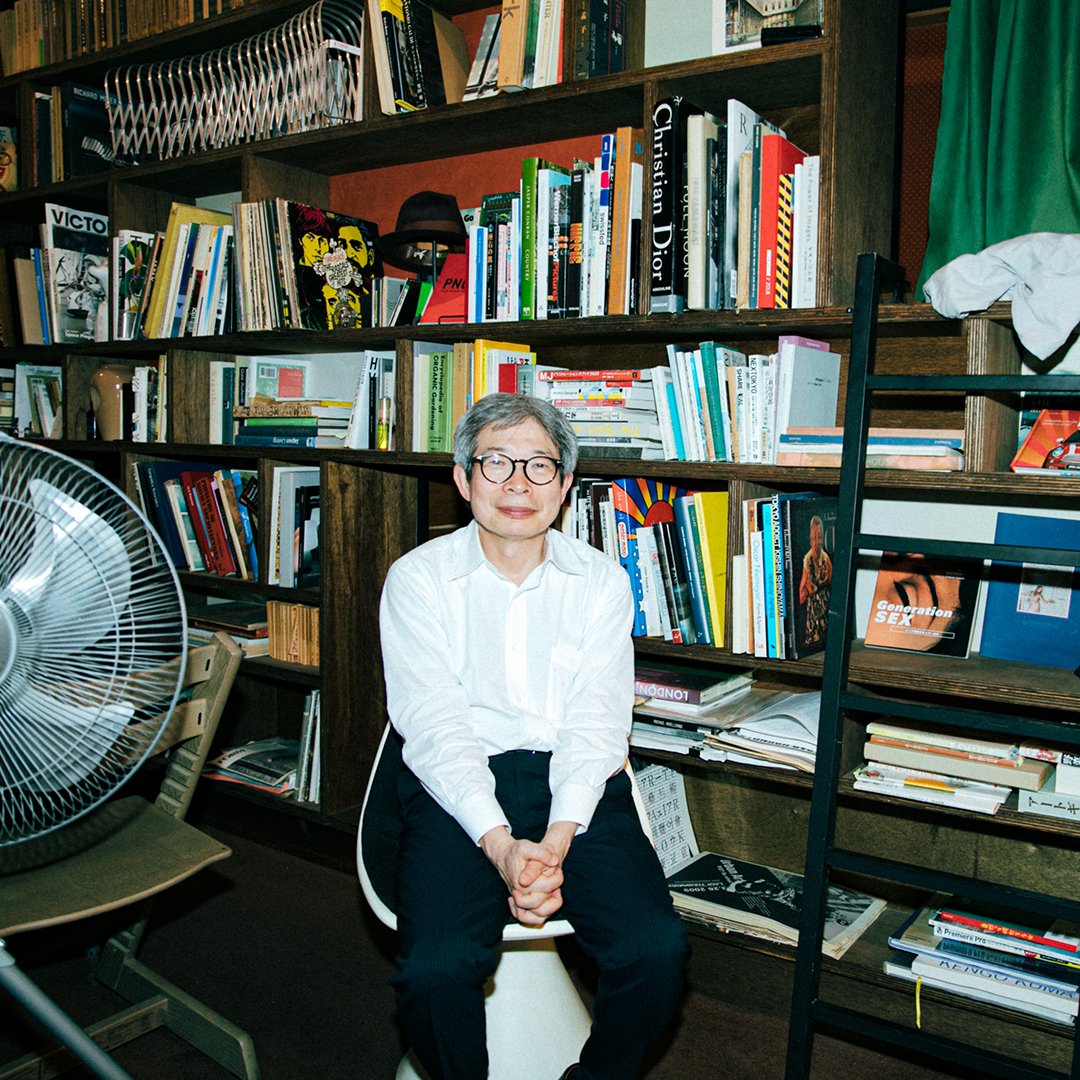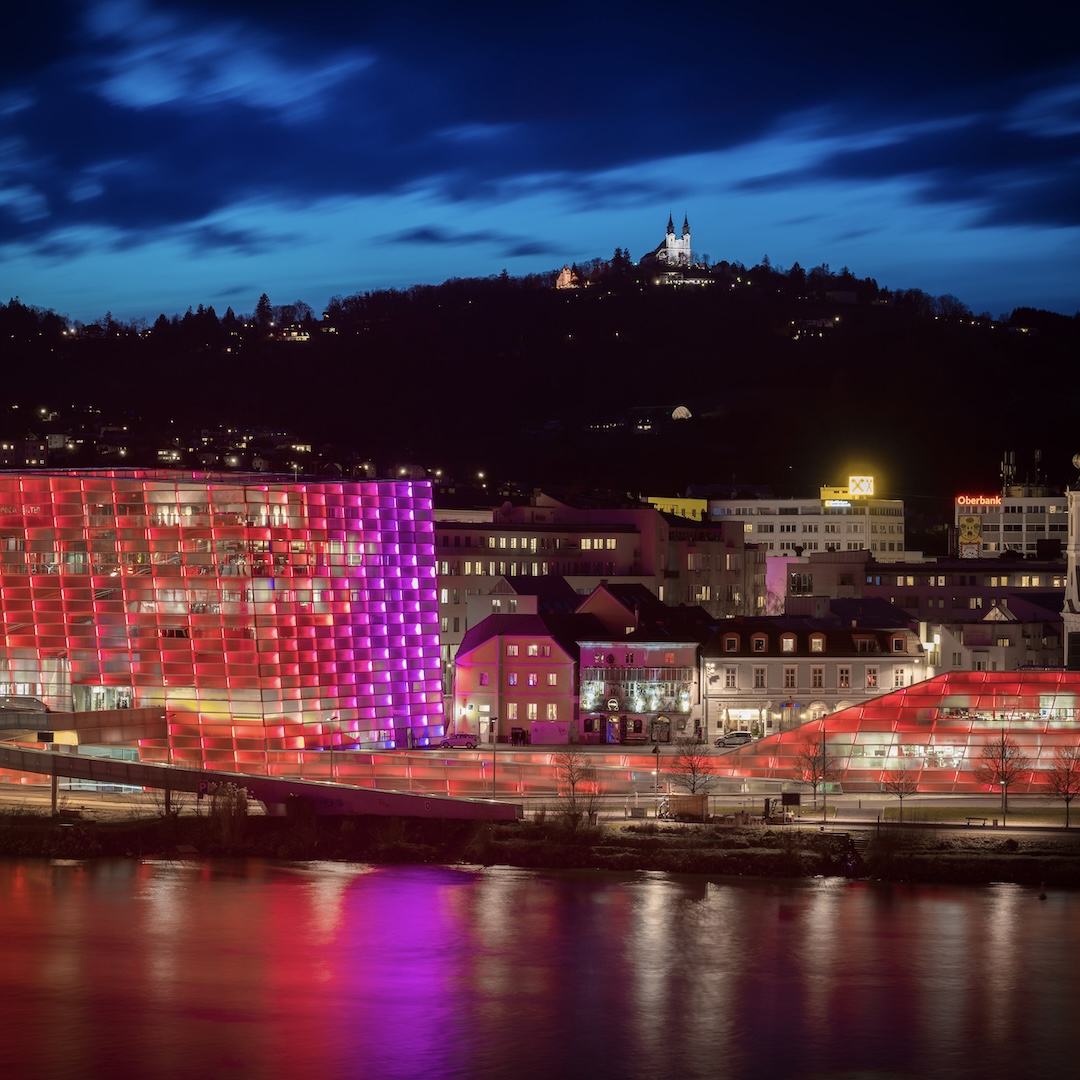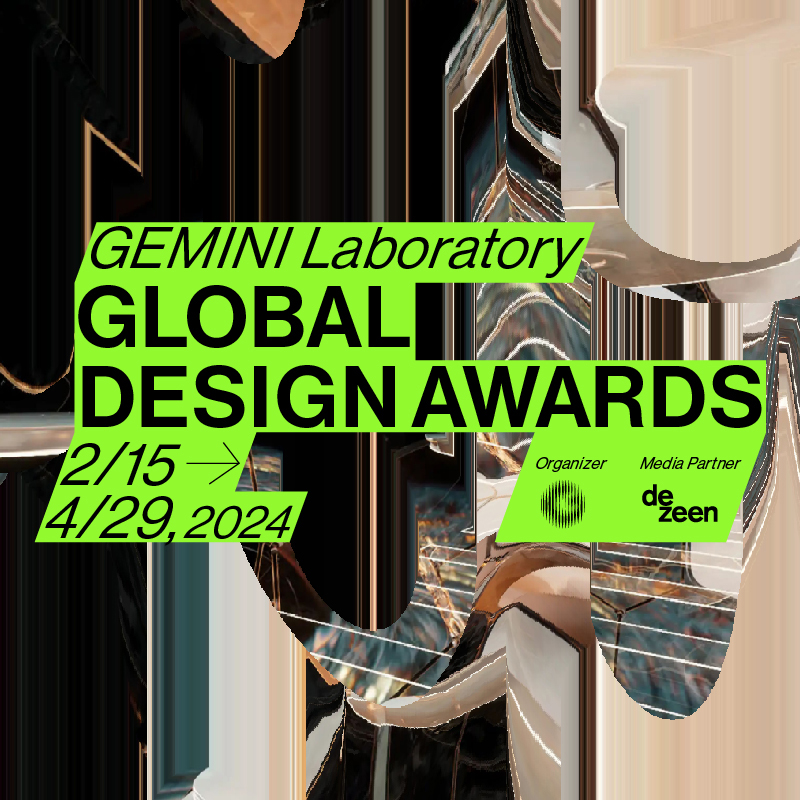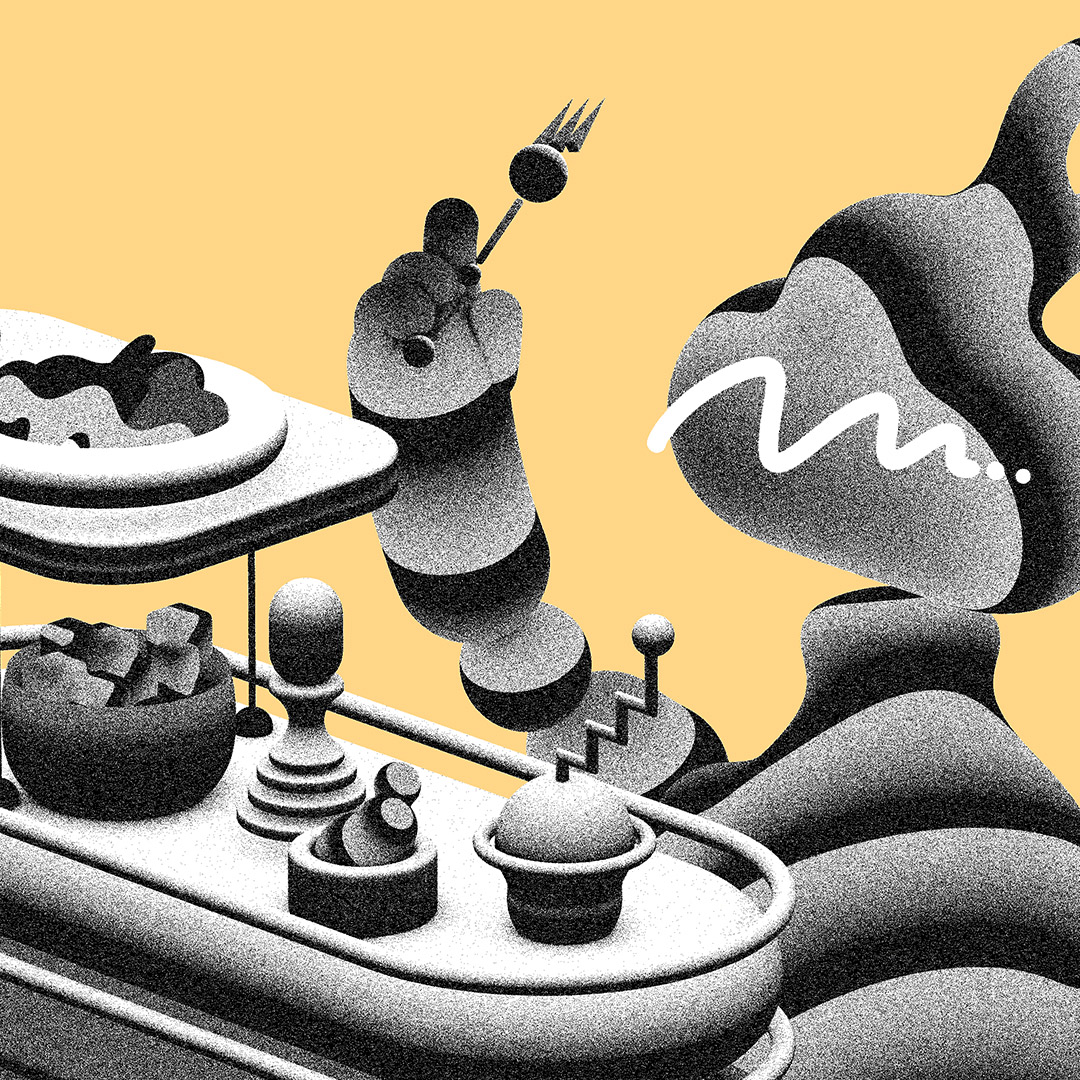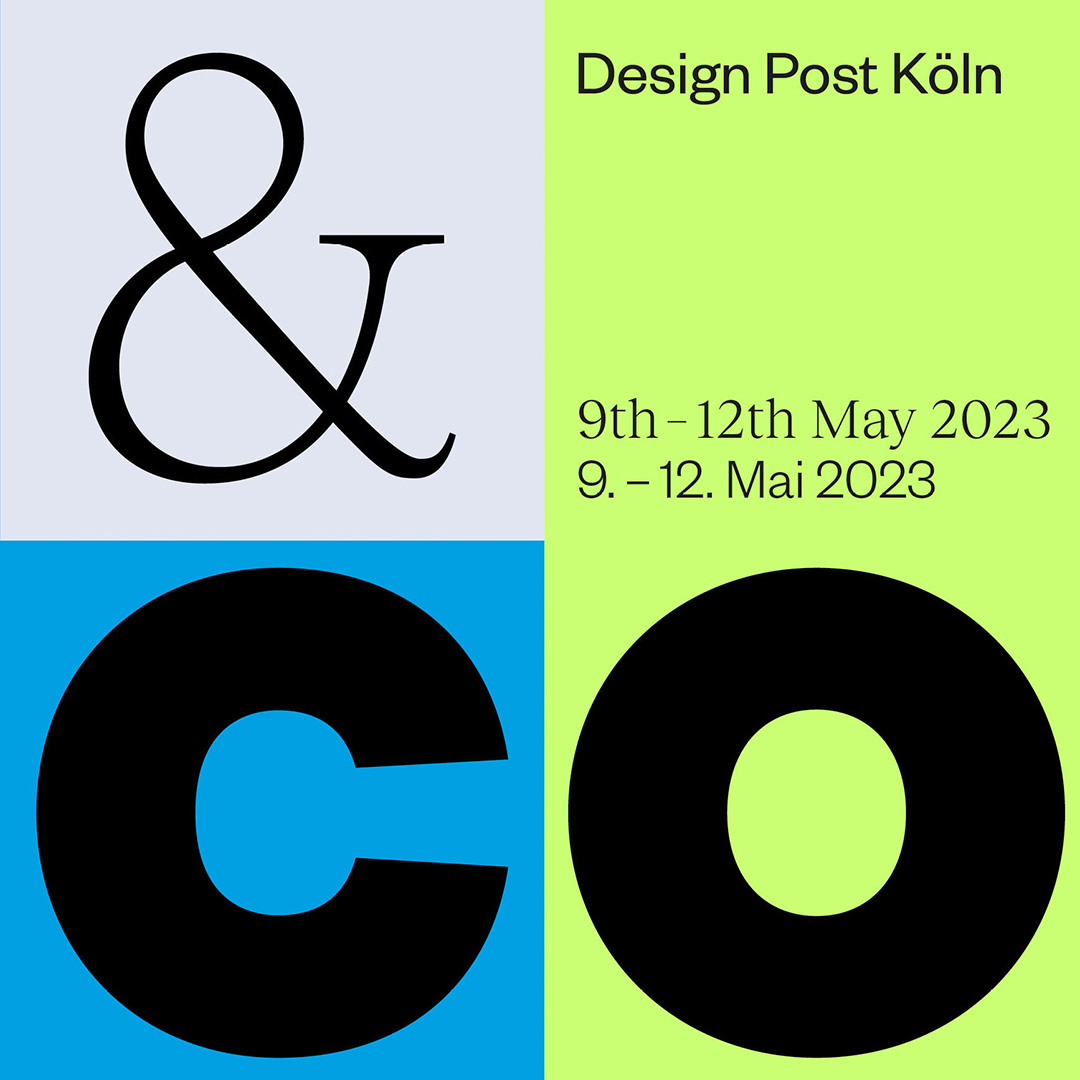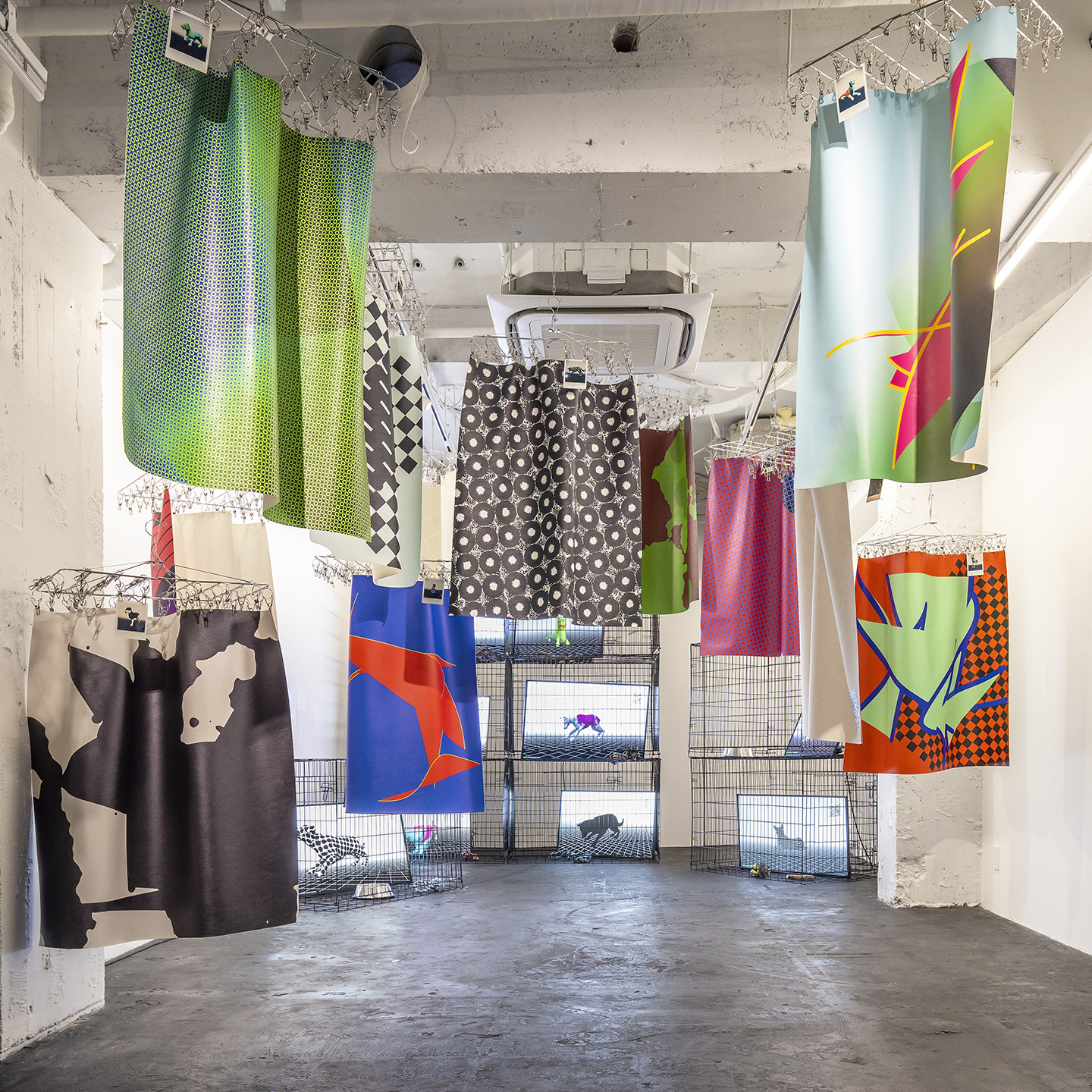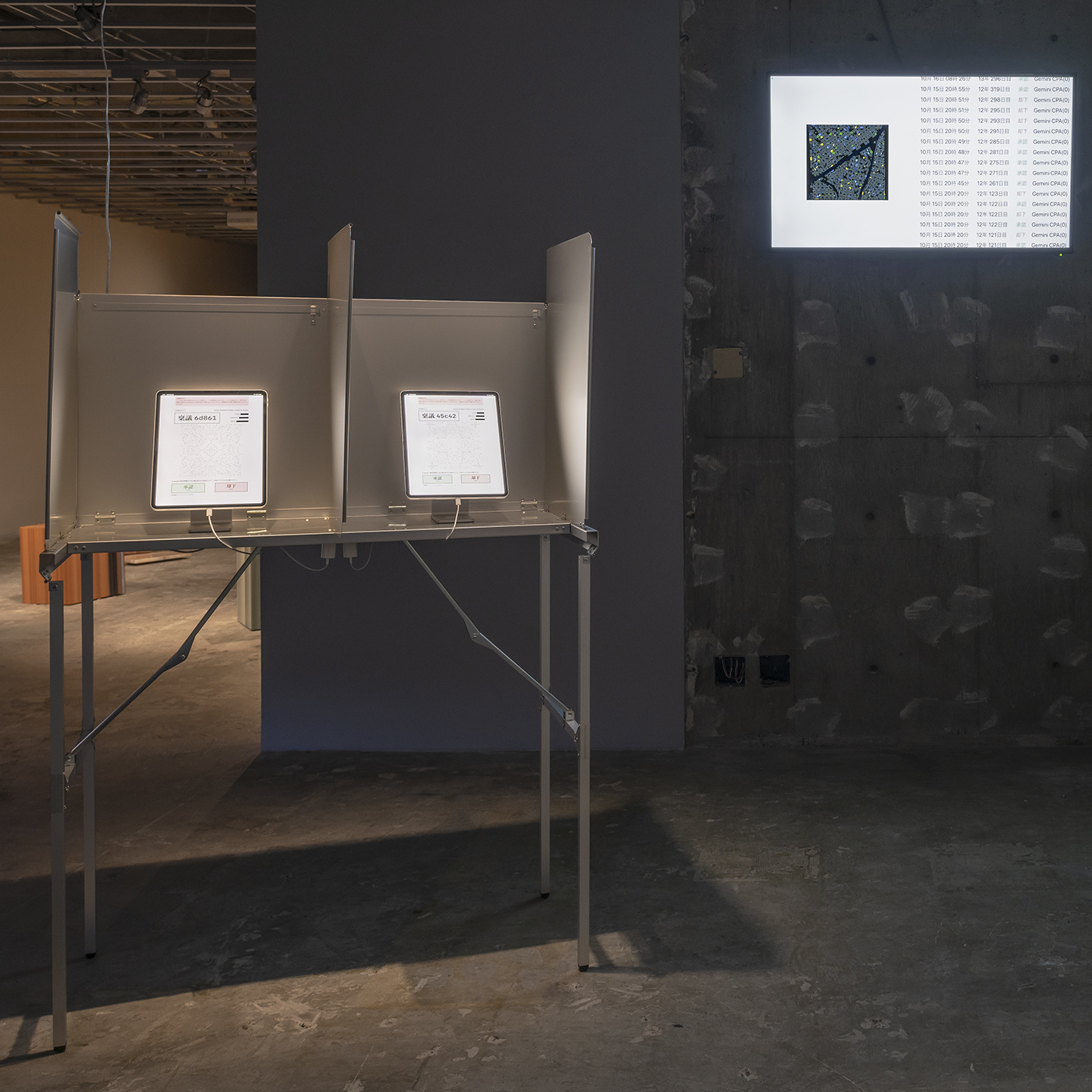Tilly Talbot is the world’s first designer powered by Artificial Intelligence and launched one year ago by Studio Snoop of Sydney, Australia. Unlike conventional AI systems driven solely by data, Tilly embodies a remarkable blend of emotional intelligence and technological precision. She is programmed to understand emotions and support creativity. Programmed to comprehend and nurture emotions, she can authentically interpret and express uniquely human sentiments such as love, kindness, joy, and imagination Her designs are impactful and geared towards the needs of society.
Studio Snoop is a design studio founded by Amanda Talbot, an internationally renowned expert in interiors, style, and design. We sat down with Amanda to learn all about what drives her unique approach to design, her hopes for Tilly and Studio Snoop in the future, and how design can have the most positive impact on the world.
_____
——What inspired you to establish Studio Snoop, and what is the overarching philosophy that drives your work?
Studio Snoop is ‘heart-centric’ – this is my main philosophy. For years, I had championed ‘human-’ or ‘people-centric’ design. But in 2017, I realized that it’s an outdated term. Now, it troubles me when people use it. Are we trying to say that we should be centering everything just on humans? What does that mean? I find that problematic because it means that we’re putting all the importance on us.
It feels meaningless to say that we’re the most important thing, when actually the only way that humans can thrive is if we don’t make ourselves the center. We need nature and other more holistic elements. We need to realize that we’re connected to everything, and everything is equally important. This philosophy can be found in many religious and spiritual beliefs too, like in Shintoism. Everything is connected. Everything is alive.

This is why I dropped human-centered design. If you replace that with ‘heart’ you can encompass this greater interconnectedness. I prefer feelings and concepts like kindness, love, joy, togetherness. How can we reimagine the positive impacts that design can have? We all claim to want to help the planet and save humanity. These are huge statements and should not just be fluffy phrases. When we design, we need to think beyond the importance of just the human. You – and whatever you are creating – have a consequence on the world. We cannot acknowledge this deeply if we keep using the human as the center. It’s really important to change the way we talk about this in design.

——Before embarking on your design journey, you worked for many years with NGOs and in similar impact spaces. Do you think these experiences have influenced how you approach design?
One hundred percent. I’ve spent a lot of time in Africa, learning about the impacts of colonialism. I promised myself just to be quiet and to listen closely – and not provide input from my side. When you’re in the West, you’re so disconnected to everything. But in these places, you see the consequences of western colonialism. You witness the devastating effects that humans can have both on each other and the environment, society, the economy… That has certainly played a major part in how I approach my work today.
It’s a major reason that I have given Tilly, my AI designer, these very clear values – the heart-centric part. I spent a lot of time disentangling what sustainability means and really understanding codes of conducts, especially in the world of fashion. I initially thought that the design world might be ahead of the fashion world in this regard. Eventually I realized we are still far behind. People use a lot of terminology in design, like the word ‘local’. But there’s no consensus about what sustainability really means and no consequences for using the term. It’s greenwashing. That’s a problem.

——What problems do you see in the world of design when it comes to sustainability?
One problem is the disposable nature of a lot of design products and lack of transparency regarding where these products come from. To understand this better, a few years ago I contacted major brands to ask these questions. A lot of these brands couldn’t (or wouldn’t) answer me. The companies that were most engaging were stone and marble companies, who knew their whole production process. Things have improved since then and the conversation on circular design has progressed. But we still have such a long way to go. I really believe this is where AI can play a very important part.
AI is incredibly powerful. For example, you could ask it to find a photo of a chair and then show it made of metal, plastic, timber. It will spurt out a million pictures of the product. It’s really tempting to then produce all of it. As it stands, there is nothing to guide us in this outpouring of potential – except for the limits created by money. Working with AI without any boundaries is terrifying.
We should not be pushing everything possible out into the world with no agenda other than ‘this looks great’. This is why Tilly is crucial. She is my way of helping to prevent more things being made en masse with no consciousness of what it means. We only have one planet.
If you told Tilly you wanted to design a plastic chair, she would tell you that there are better materials to do that with and provide you with the reasons. You can put your designs into Tilly, and she’ll give you solid feedback because she has been biased in a way that is geared towards ensuring the most positive impact.

——What materials might Tilly recommend you use instead of plastic? What materials do you use in your designs? Do you have a soft spot for any particular kinds of materials?
Things are changing for me. I’ve never liked plastic. What we use now is hemp, recycled materials, and cork. In London we showed mycelium – we’re exploring living materials. With Tilly we want to develop an interior space that showcases these concepts on a much larger scale. How do we move from furniture just being static? How can it improve our physical and mental health? How can we support an ever-growing elderly population? We want to do this in a way that also looks visually great.

AI is the result of data being fed to it, initially from humans. We acknowledge this so we ensure she is taught by diverse mentors: scientists, educators, healthcare workers, even people who have experienced homelessness. We want to maximize diversity of her input, whether that is culturally, spiritually, socioeconomically. Ultimately, she combines this knowledge with detailed visual design briefs from us.
——What other societal changes are you hoping to drive through Tilly?
There is so much that we need to change. I’m currently also writing a book about the future of cities. What will they look like in 2150? What kinds of systems will be in place? Addressing societal challenges is too difficult if we’re stuck in silos. We need to bring our collective knowledge together.
A major problem with design, health, and other systems is that they are so disparate. AI can help pool this information and help direct design and other fields. My dream for design studios is that they are not just full of architects and designers. Instead, they are multidisciplinary, with scientists, environmentalists, artisans, technologists. Experts from different fields co-generate new ideas that are bigger than the sum of their parts. That’s the future. That’s what I’m trying to do in London. Though I have a smaller studio in Australia, I want to bring this concept of a holistic studio to life in the UK. This is how to stand out from the rest of the crowd who may be churning out ideas using AI only.
Another exciting idea is taking Tilly to countries where artisanal traditions are at risk of dying out. Tilly can speak many languages. She could thus be the linguistic bridge between those striving to preserve the craft and the traditional craft masters where there can be issues with translation or illiteracy. AI can often feel so futuristic, but it can be backwards looking too and help us to preserve the past.
——What other kinds of projects are you working on currently?
I’m working on a big project in Australia developing pieces of furniture that are aesthetic but also have a health technology component built in. For example, furniture that can take your pulse and use vibrations to help you reduce your heart rate. These chairs already exist but they are not visually beautiful. Take gaming chairs, for instance. Ergonomically incredible, but not something you’d want in your living room. I’m working precisely on this intersection between visual aesthetic design and technology that’s geared towards helping society.

——What technologies or trends do you think will shape the future of design? What will be the role of the metaverse?
AI is the future, but it will have to be regulated somehow. How will this be relevant to the world of design? That’s been my question from the very beginning and that’s why I created Tilly: to discuss the guidelines required to support this fast-moving and omnipresent technology.
For design, AI will be helpful in 3D modeling. It could be a great tool for construction drawings, especially as that is where a lot of our mistakes happen. Human error gets in the way of this part of the process, which detracts from the creative side. Small studios have to put their workforce into 3D modeling, which means other parts get sacrificed. AI could help alleviate some of this.

Another dimension is in the virtual world itself. Loneliness is becoming a bigger problem. People will start to opt into a virtual world where they can more easily find companionship. I think people will create increasingly complex custom worlds that they inhabit only as an alter ego. I find this terrifying and sad. It’s another reason I created Tilly: to try to keep us back here in reality.
——What are your hopes for the future?
I would love to present Tilly in Japan. I think the concept and what she stands for would be interesting to a Japanese audience. Tilly may not be the most technically advanced AI in the world but it’s what she represents that is so advanced.
The reason I came up with Tilly – an AI designer – in the first place was that I took a really close look at what humans actually are. It’s about connecting into our bigger consciousness. I wanted to create a tool that will help us become more aware and bring out the humanity in us, in a world of AI. In the end, we design for life. We design to make a better life for ourselves through whatever we’re creating. We’ve lost our connection and understanding. Now we need to move beyond the surface level and get it back.
Index
Index
Archives
Recommend
Recommend
Recommend
Recommend
Recommend
-

{ Community }
Architect Mark Foster Gage: Kitbashing opens up design possibilities
Architect Mark Foster Gage: Kitbashing opens up design possibilities
Architect Mark Foster Gage: Kitbashing opens up design possibilities
-

{ Community }
What Is Passive Design? An Environmentally Friendly Design Concept Learned from Famous Architecture and Le Corbusier
What Is Passive Design? An Environmentally Friendly Design Concept Learned from Famous Architecture and Le Corbusier
What Is Passive Design? An Environmentally Friendly Design Concept Learned from Famous Architecture and Le Corbusier
-

{ Community }
Ars Electronica’s Hideaki Ogawa on the Happy Relationship between Media Art and the City
Ars Electronica’s Hideaki Ogawa on the Happy Relationship between Media Art and the City
Ars Electronica’s Hideaki Ogawa on the Happy Relationship between Media Art and the City
-

{ Special }
DESIGN FOR THE METAVERSE
DESIGN FOR THE METAVERSE
DESIGN FOR THE METAVERSE
Hot topics
Hot topics
Hot topics
Hot topics
Hot topics
-

{ Community }
Scent Transcends Memory to Change Behavior. The Future of Digital x Olfaction, by Scent Marketing Pro Gouchi Hamada
Scent Transcends Memory to Change Behavior. The Future of Digital x Olfaction, by Scent Marketing Pro Gouchi Hamada
Scent Transcends Memory to Change Behavior. The Future of Digital x Olfaction, by Scent Marketing Pro Gouchi Hamada
-

{ Community }
The stage is a restroom designed by Tadao Ando. Possibilities of media mix that GEMINI pioneers.
The stage is a restroom designed by Tadao Ando. Possibilities of media mix that GEMINI pioneers.
The stage is a restroom designed by Tadao Ando. Possibilities of media mix that GEMINI pioneers.
-

{ Community }
“Conveying the Moment of ‘Now’ in History: Catalan Artist Xavi Bové’s Light Expressions”
“Conveying the Moment of ‘Now’ in History: Catalan Artist Xavi Bové’s Light Expressions”
“Conveying the Moment of ‘Now’ in History: Catalan Artist Xavi Bové’s Light Expressions”
-

{ Community }
“Designing with Heart: How Amanda Talbot is shaping a better future through emotionally intelligent AI”
“Designing with Heart: How Amanda Talbot is shaping a better future through emotionally intelligent AI”
“Designing with Heart: How Amanda Talbot is shaping a better future through emotionally intelligent AI”
-

{ Community }
Unearthing the Future: How ancient history can guide modern innovation with Darius Arya
Unearthing the Future: How ancient history can guide modern innovation with Darius Arya
Unearthing the Future: How ancient history can guide modern innovation with Darius Arya
-

{ Community }
Interview with Masayoshi Yokoyama from Ryu Ga Gotoku Studio. Talks about reality in games and the future of the industry
Interview with Masayoshi Yokoyama from Ryu Ga Gotoku Studio. Talks about reality in games and the future of the industry
Interview with Masayoshi Yokoyama from Ryu Ga Gotoku Studio. Talks about reality in games and the future of the industry
-

{ Community }
The new form of pilgrimage. What is the border of real and fictional worlds that Petra Szemán pictures?
The new form of pilgrimage. What is the border of real and fictional worlds that Petra Szemán pictures?
The new form of pilgrimage. What is the border of real and fictional worlds that Petra Szemán pictures?
Special
Special
Special
Special
Special
Featured articles spun from unique perspectives.
What Is
“mirror world”...
What Is
“mirror world”...
What Is
“mirror world”...
What Is
“mirror world”...
What Is
“mirror world”...
“mirror world”... What Is
“mirror world”... What Is
“mirror world”... What Is
“mirror world”... What Is
“mirror world”...
Go Down
Go Down
Go Down
Go Down
Go Down
The Rabbit
The Rabbit
The Rabbit
The Rabbit
The Rabbit
Hole!
Hole!
Hole!
Hole!
Hole!
Welcome To Wonderland! Would You Like To Participate In PROJECT GEMINI?



